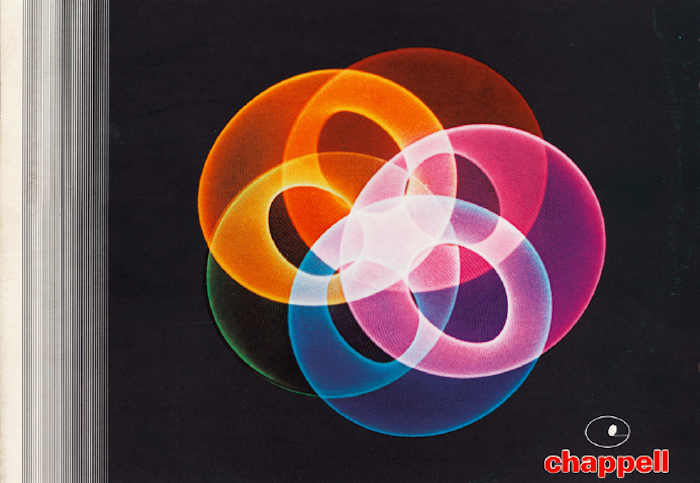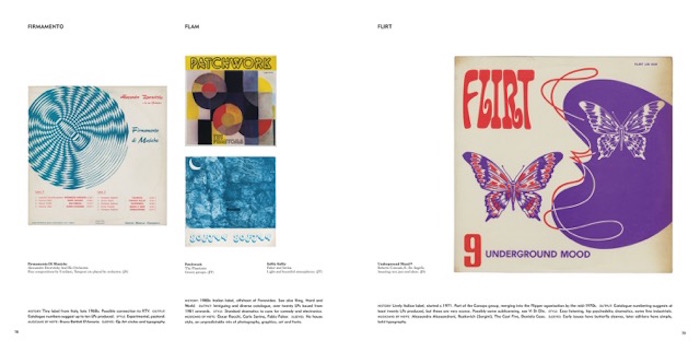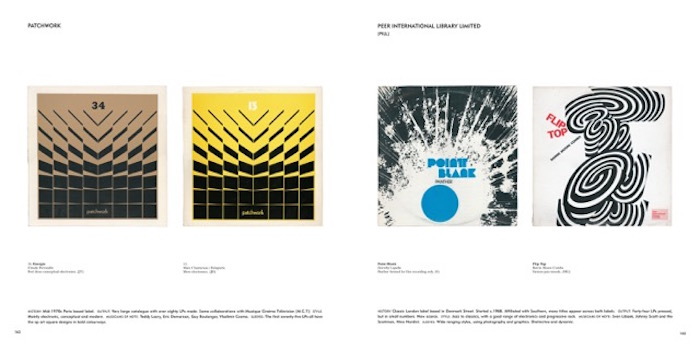
In the late 1970s I lived above a London session musician. He had the most enviable life. No early morning dashes to a dismal office. Bags of free time. And a life spent doing something he loved. Listening to him practicing at odd hours of the day and night was deeply reassuring to my youthful sensibility. Here was a life free from routine. A life devoted to art. It was the sound of hope.
I was disappointed, however, to learn that some of my neighbor’s time was spent making “library music,” also known as “mood music.” These were recordings made for use in television programs and advertising, and for radio, documentaries, and public information films. As a music snob, with an idealised vision of music as the purest of art forms, I chided him for taking on hackwork. “You’d be surprised,” he said, “some of it is very good.”
Much later, I came to see that he was right. Library music from the 1960s and ’70s is often visionary. According to Jonny Trunk, author of The Music Library, a new book devoted to the cover art of library music, it is a sonic world of “weird beats, odd instrumentations, albums full of dark jazzy interludes or bizarre garage rock.”

This re-evaluation of a once derided musical genre is not new. Library music was invited in from the cold in the 1990s, when sampling became the norm. And it’s not hard to see why. Here was a vast reservoir of expertly made drum beats, bass riffs, and rippling Fender Rhodes arpeggios ready to be plundered by sharp studio producers (many of them born after these recording were made) hunting for musical supplements and vitamins with which to pep up tracks.
If the attraction for musicians, re-mixers and producers is plain to see, what is the attraction for non-music world people like me? There’s a paradox at the heart of this music that at least partly explains its appeal. It was made for the most nakedly commercial reasons—it was spec work designed to seduce the creators of advertisements and makers of TV programs into buying ready-made music without the hassle (and cost) of commissioning. And yet, as Jerry Dammers asserts in The Music Library: “not a note of this music was ever played live, or sold directly to the public, so irrelevant irritations like audience reaction or ‘commercial viability’ weren’t really a consideration … To create different ‘atmospheres,’ musicians could do whatever came into their heads, and they did, without any restrictions.” It’s odd that this most mercantile of musical forms is often less constrained than music made with nobler intentions.

Perhaps the current vogue for this music is also to do with the Western fascination with a romanticized version of our recent past. It’s a phenomenon discussed by the architectural critic Owen Hatherley in his book The Ministry of Nostalgia. Hatherley has a genius for deciphering the cultural and political semiotics of design trends in everything from civic buildings to souvenir mugs and tea towels. He singles out the British obsession with the wartime propaganda slogan Keep Calm and Carry On for some deep analysis.
He identifies its uptake as a post-financial crash obsession with what he calls Austerity Nostalgia, a phenomenon he describes as a yearning for the kind of “public modernism that, rightly or wrongly, was seen to have characterised the period from the 1930s to the early '70s; it could just as easily exemplify a more straightforwardly conservative longing for security and stability in the face of hard times.” He also cites Douglas Coupland’s theory of Legislated Nostalgia: “the forcing of a body of people to have memories they do not actually possess.“
Does this explain the current interest in mid-twentieth-century library music? There is certainly a link to “benevolent civic modernism” in the widespread use of library music in British public information films, where an unsettling eldritch spirit was often to be found. It also aligns neatly with the public service ethos of the now revered BBC Radiophonic Workshop—an experimental music laboratory making futuristic avant-garde electronic music housed within, and funded by, the UK’s public service broadcaster.

Perhaps, however, the interest in library music is closer to the spirit of hauntology, a label applied to a sort of electronic-era nostalgia for a longed-for modernist utopia that never quite materialized. Or as writer Mark Fisher describes it: “an aesthetic warped by the intervention of forgetting, vague recollection, and fusty years of history, creating instead of ‘heritage’ a dream world of public modernism which never fully existed, running together moments that didn't coincide.”
This futuristic nostalgia can be seen in the current interest in the once reviled architecture of brutalism, and in the output of the cult label Ghost Box. The label uses library music—and the covers of library records—as a sort of ur-text. Ghost Box’s co-founder, graphic designer Julian House contributes an afterword to The Music Library.
The covers featured in The Music Library adhere to the same formula as the music: although made for strictly commercial purposes these cardboard 12” squares are free—just like the music—from the grip of “commercial viability”. To paraphrase Jonny Trunk, they are graphically weird, odd, dark, and bizarre. They are the flip side of the slick over-designed covers of top line acts of the time. They are much closer in sprit and execution to the album covers of avant-garde recordings, and constitute an uncanny foreshadowing of the arrival of punk and post-punk graphics.

